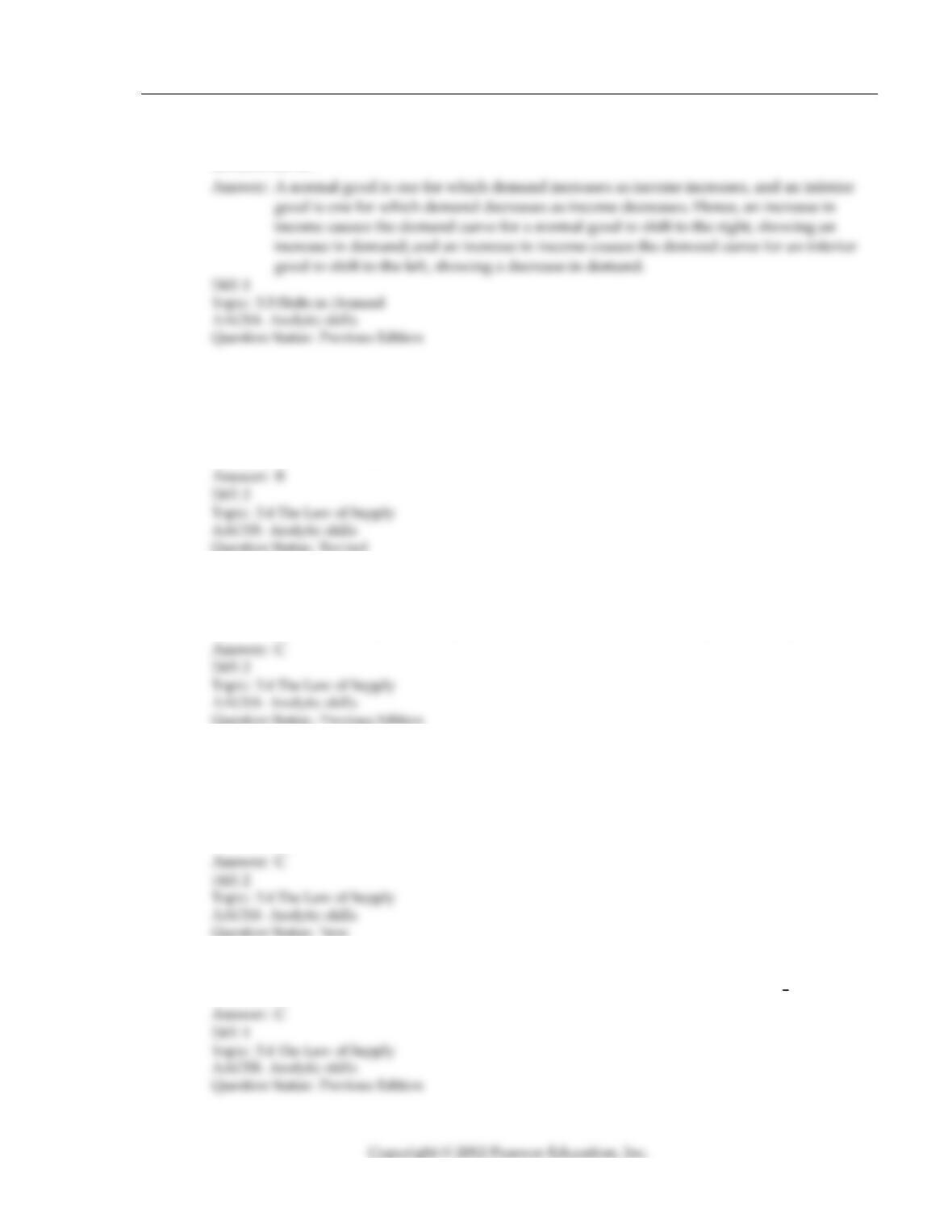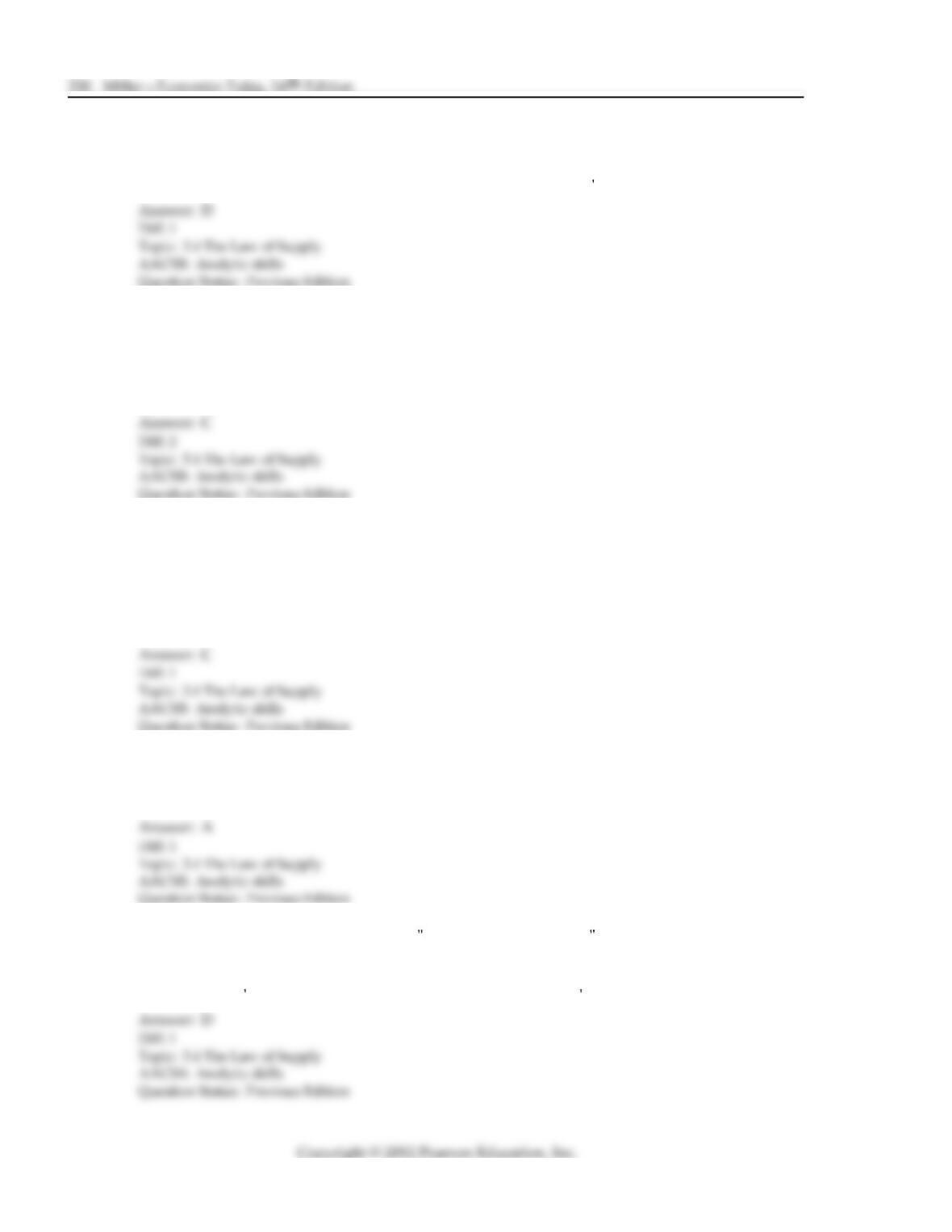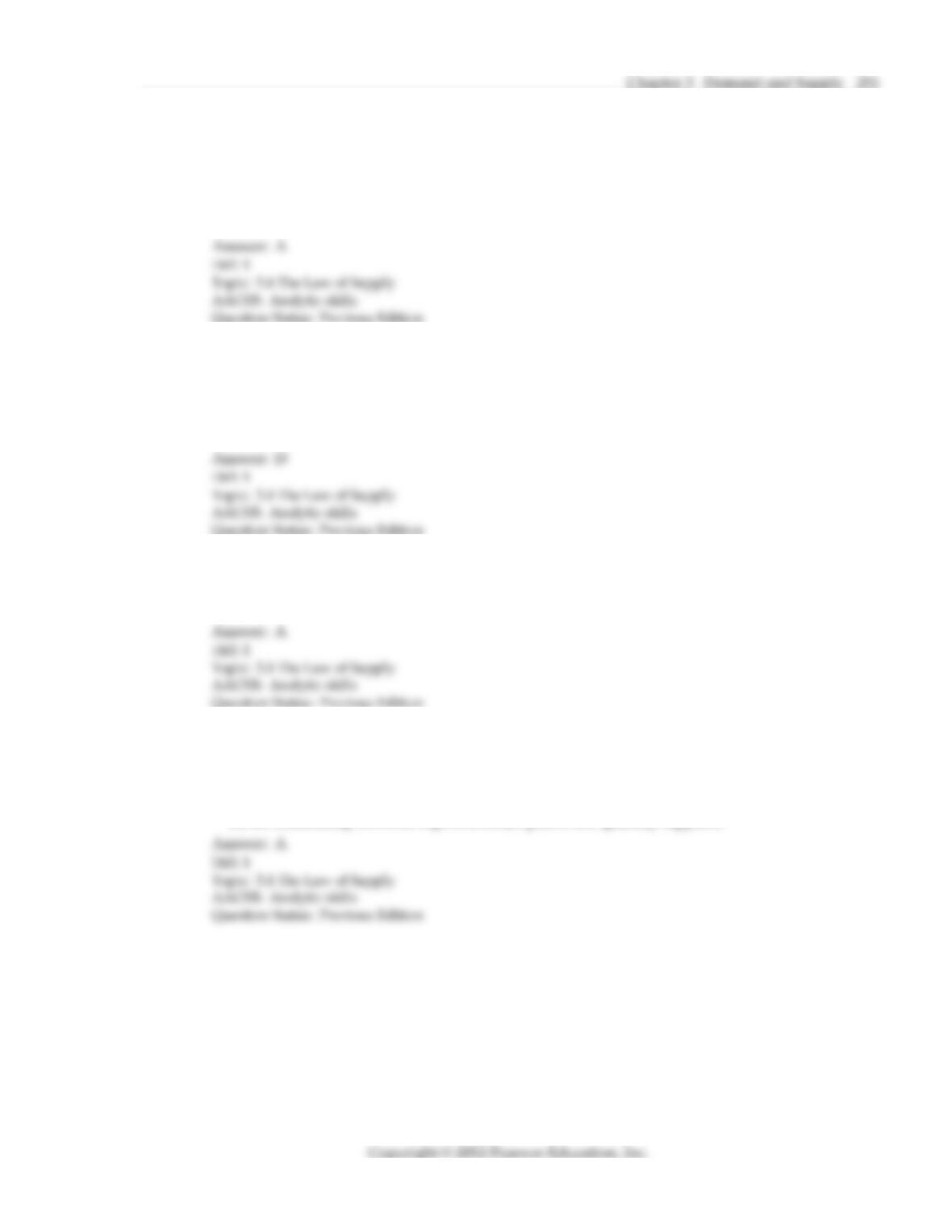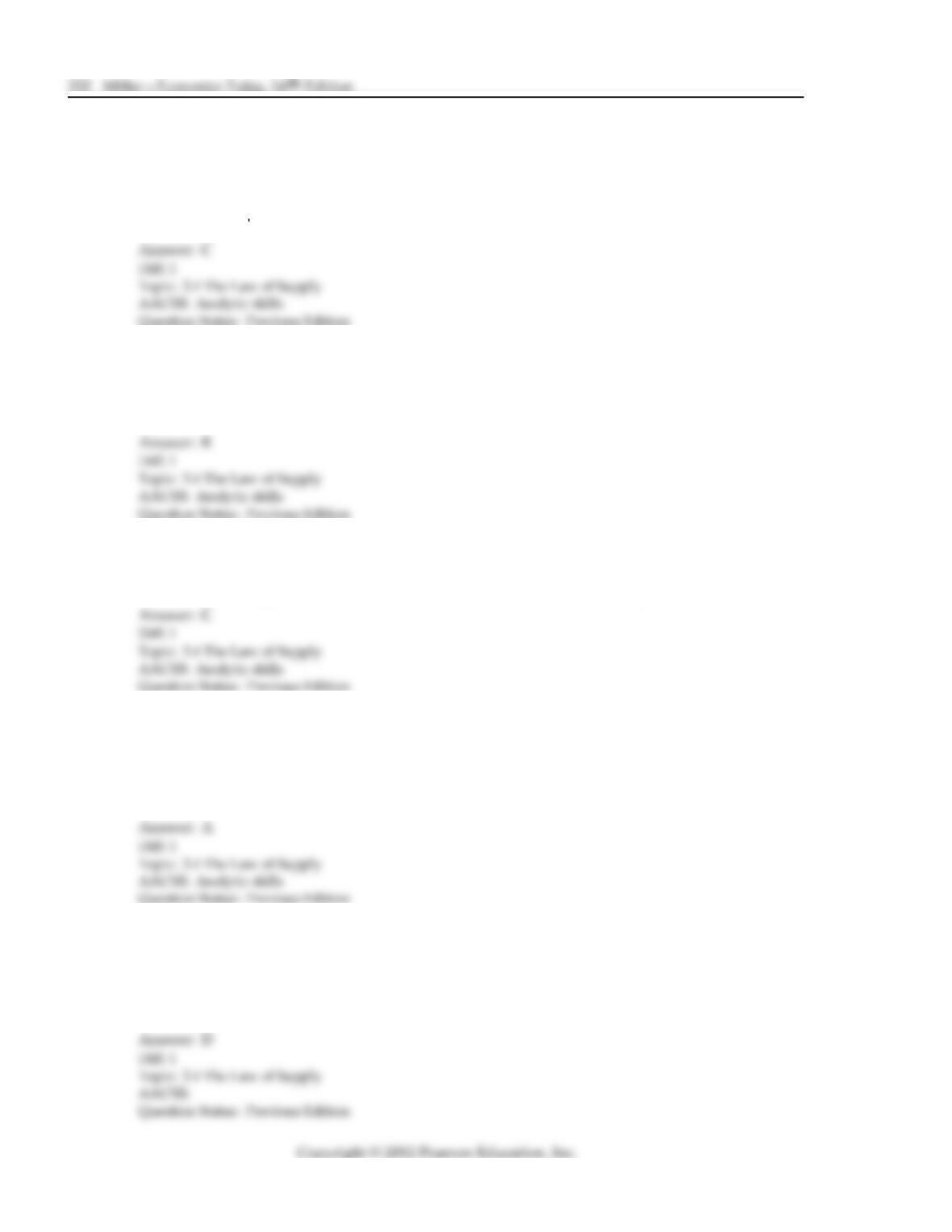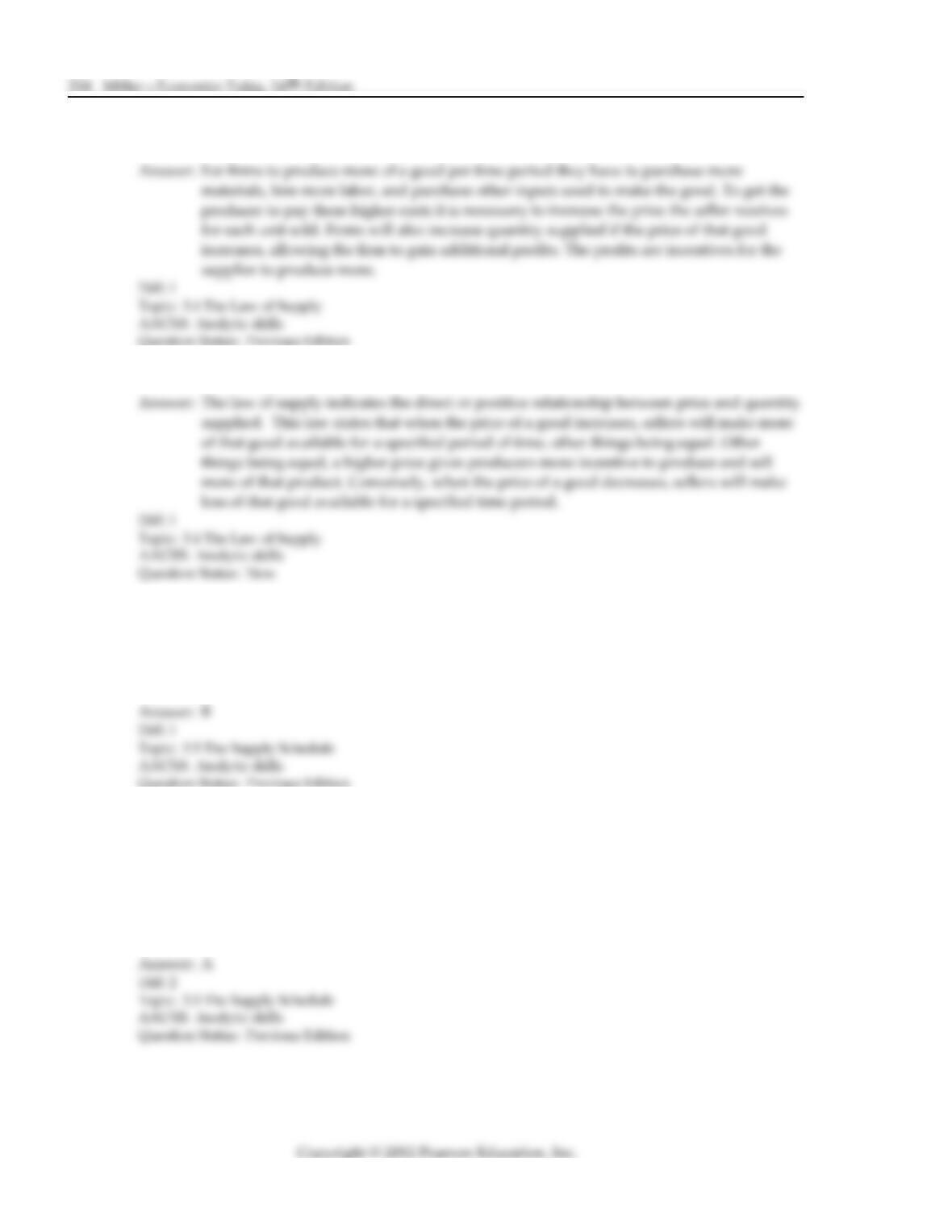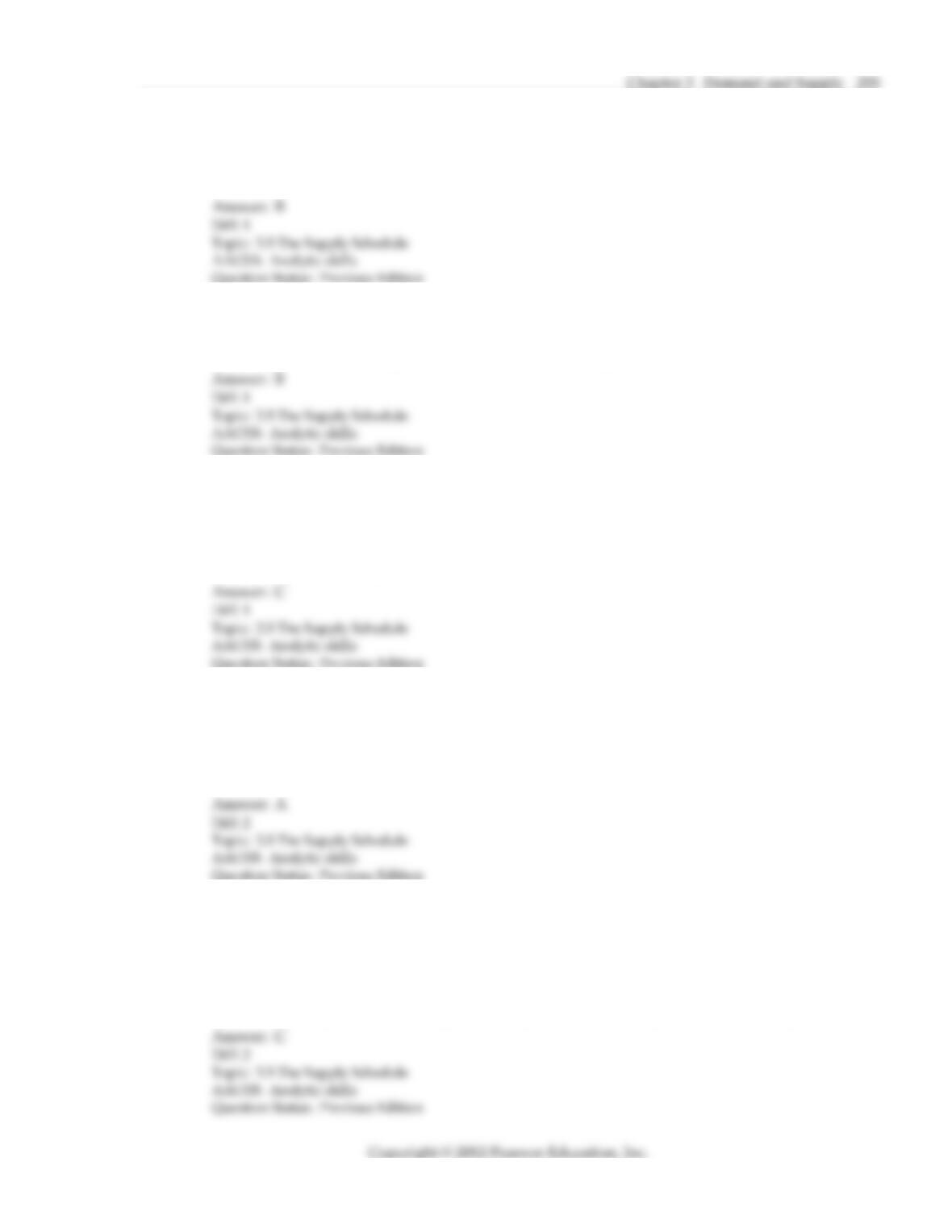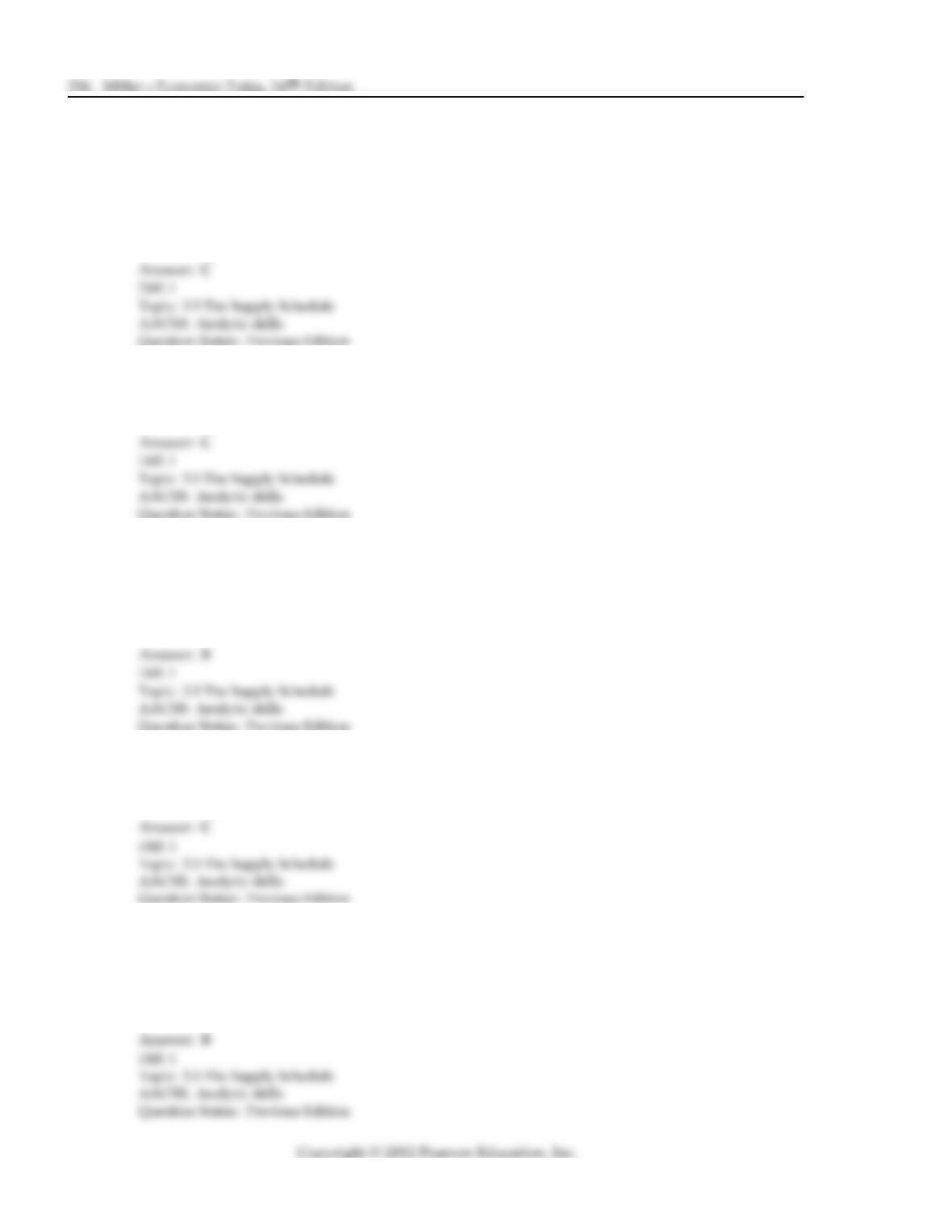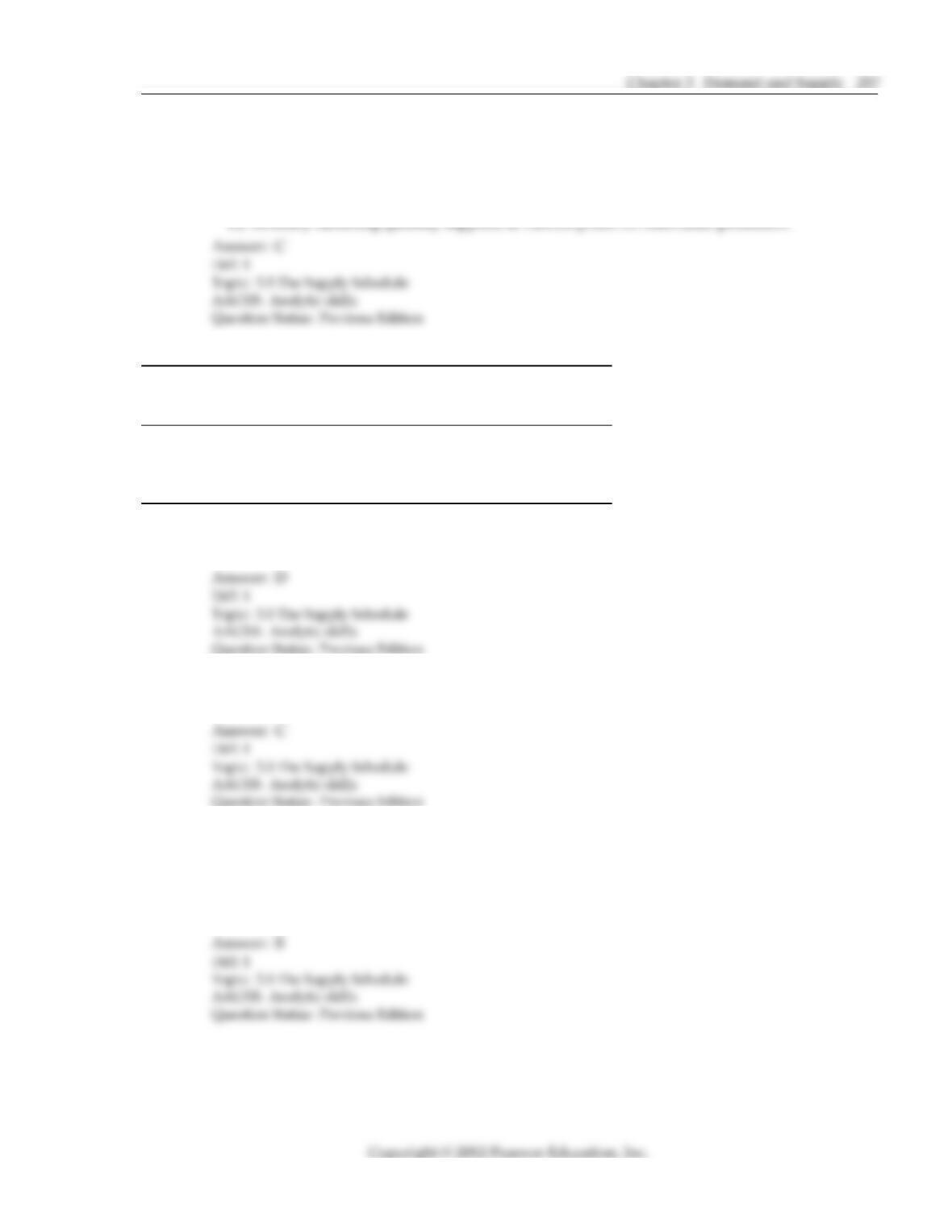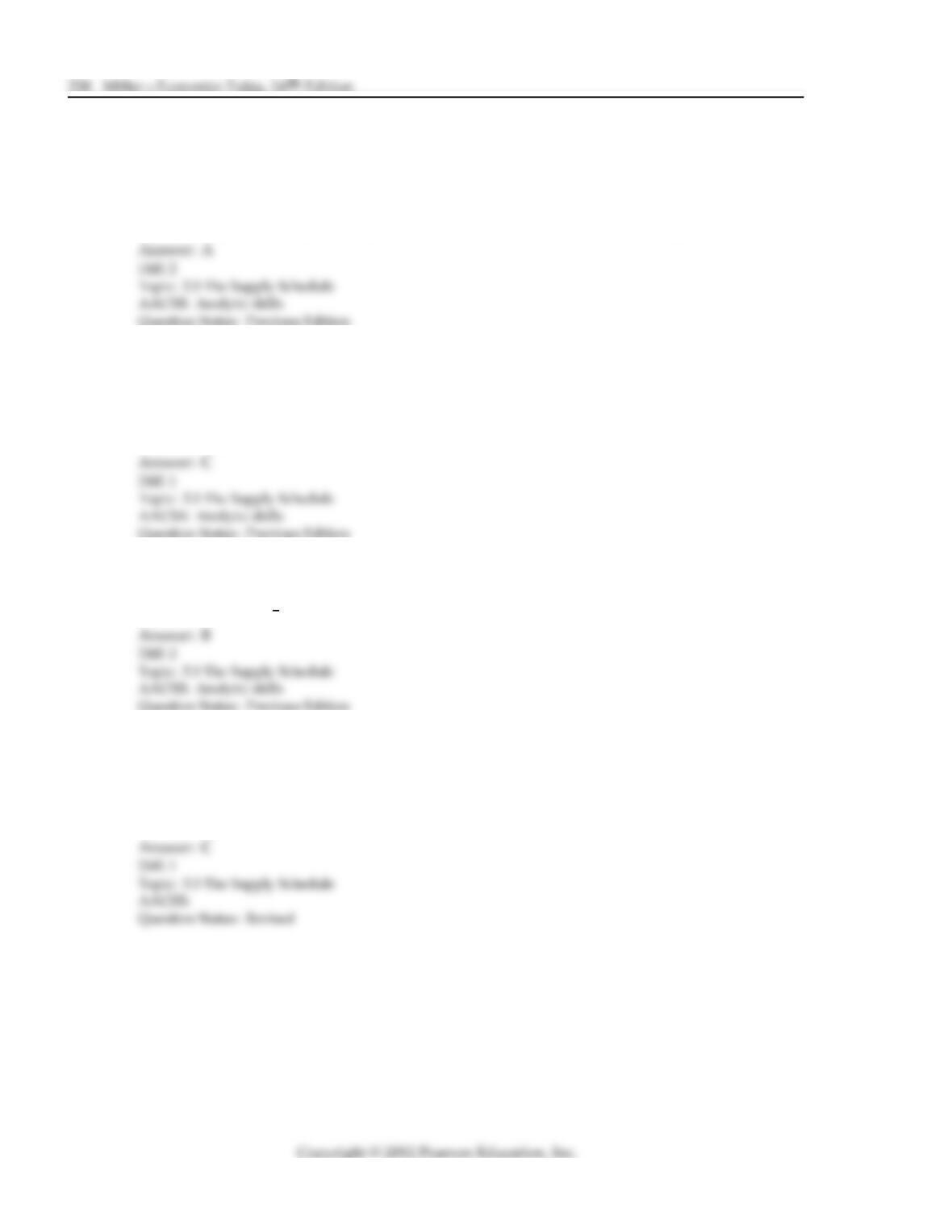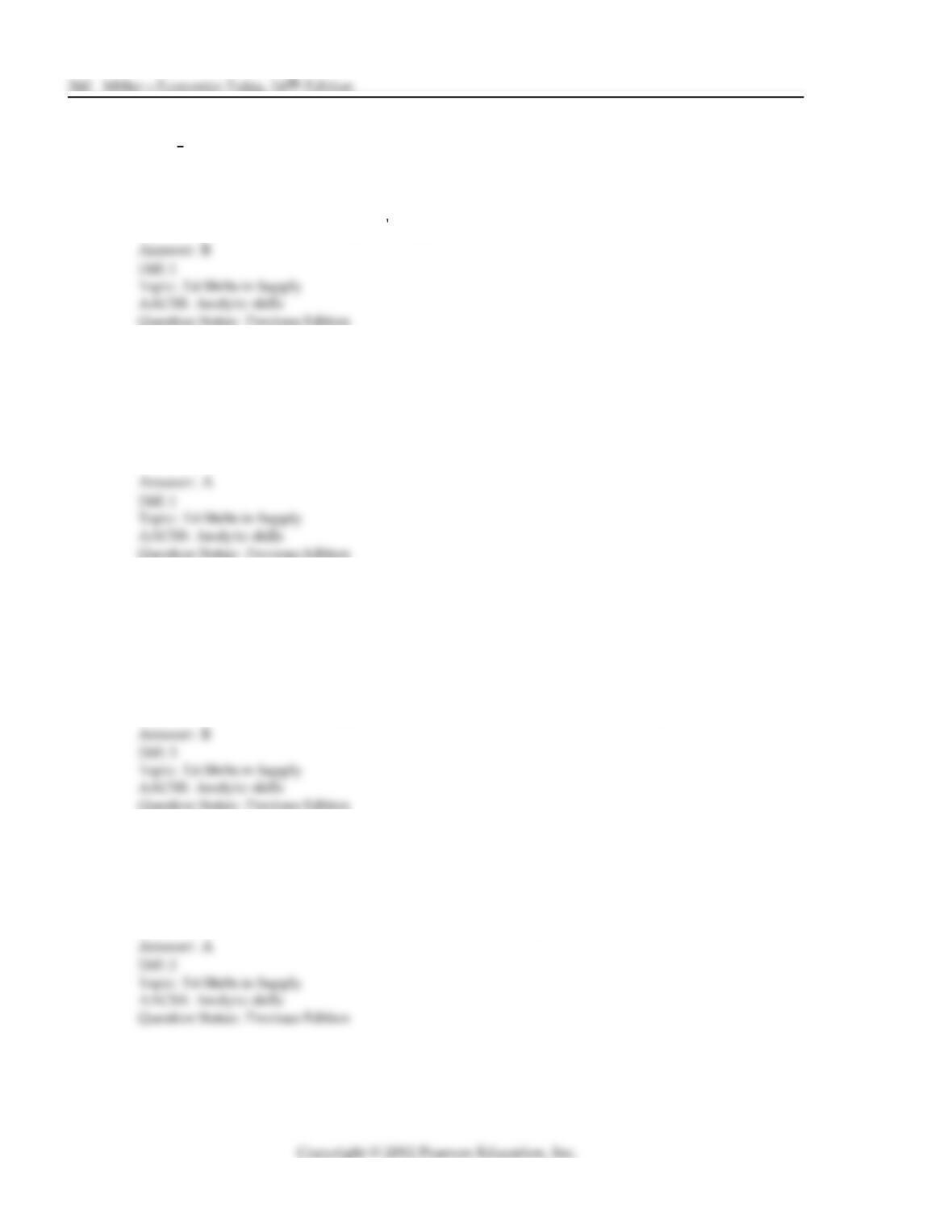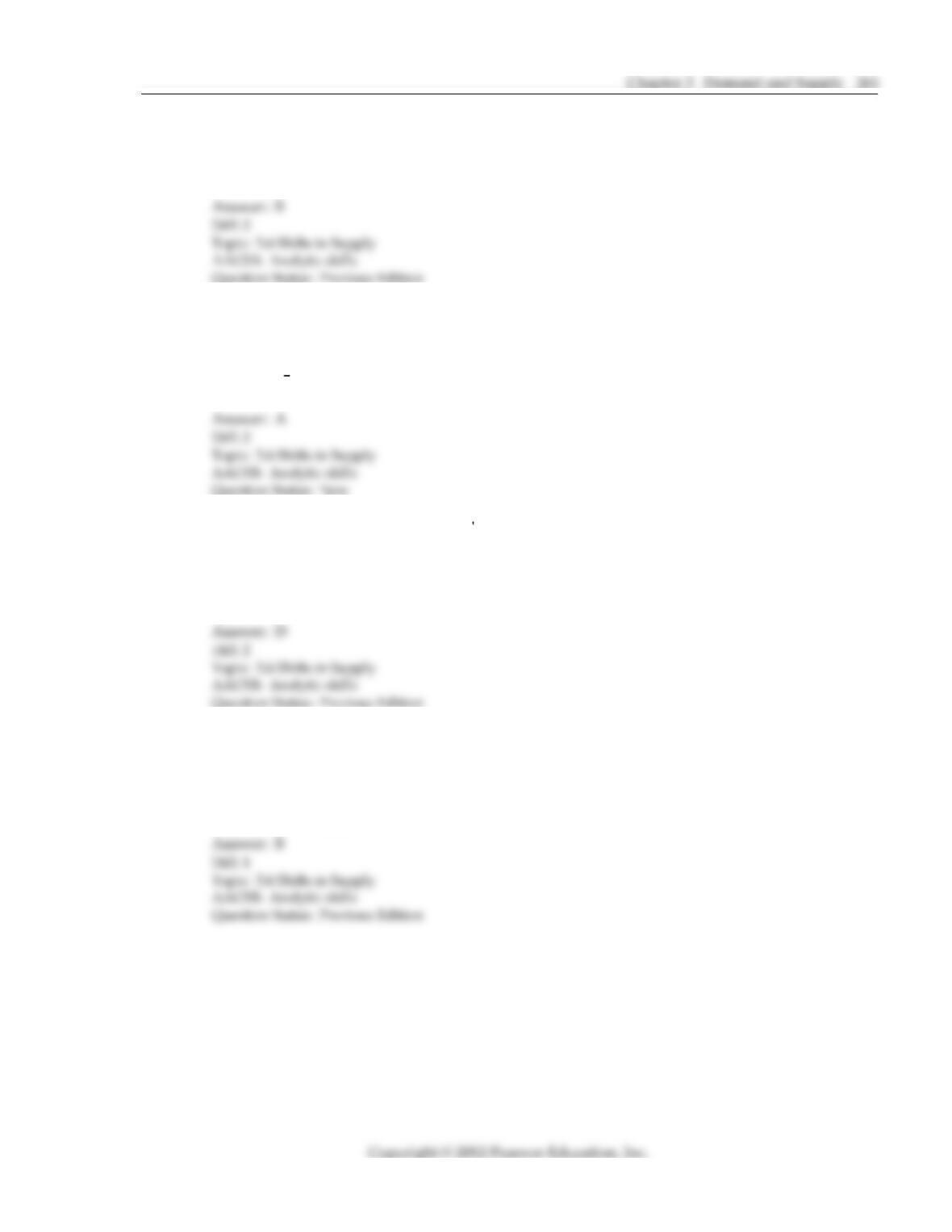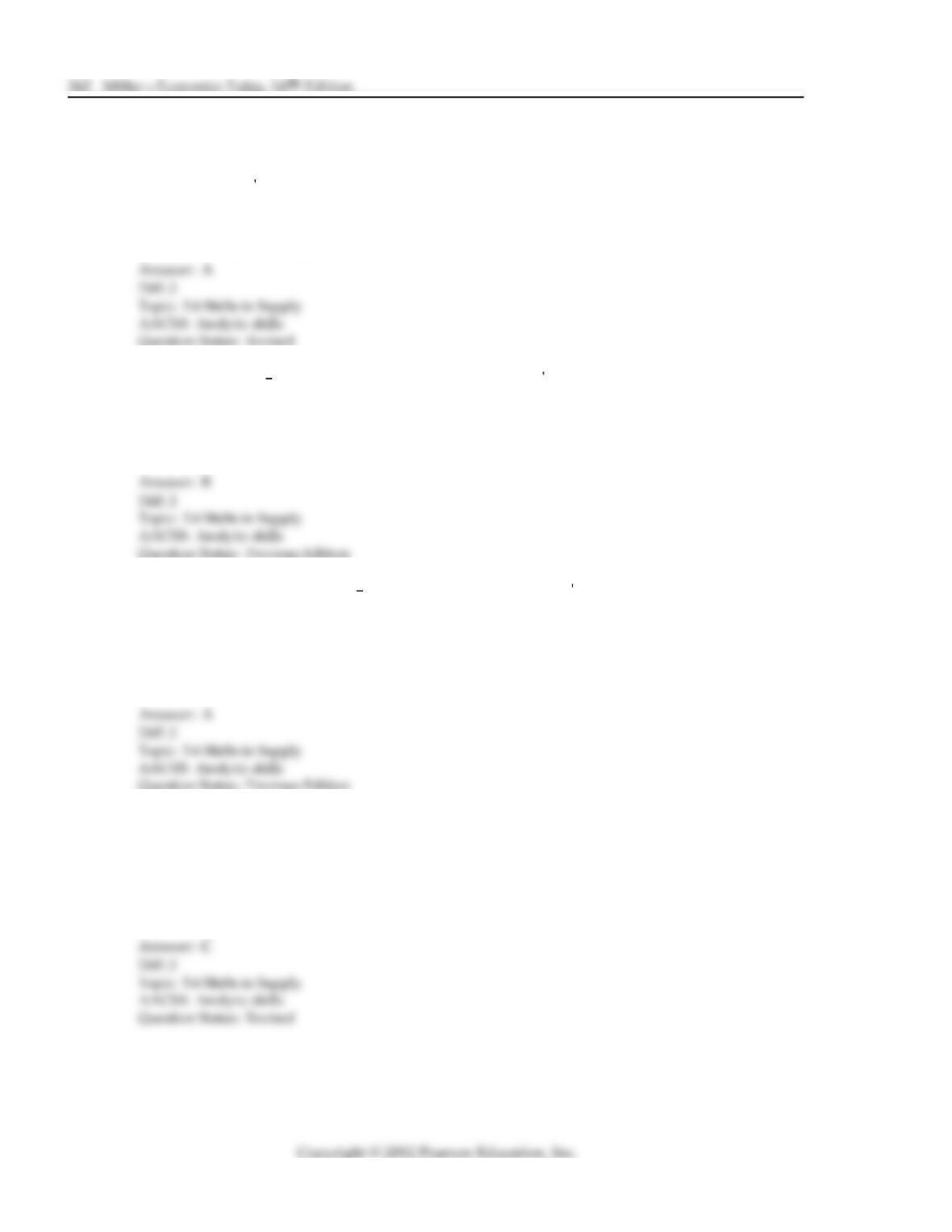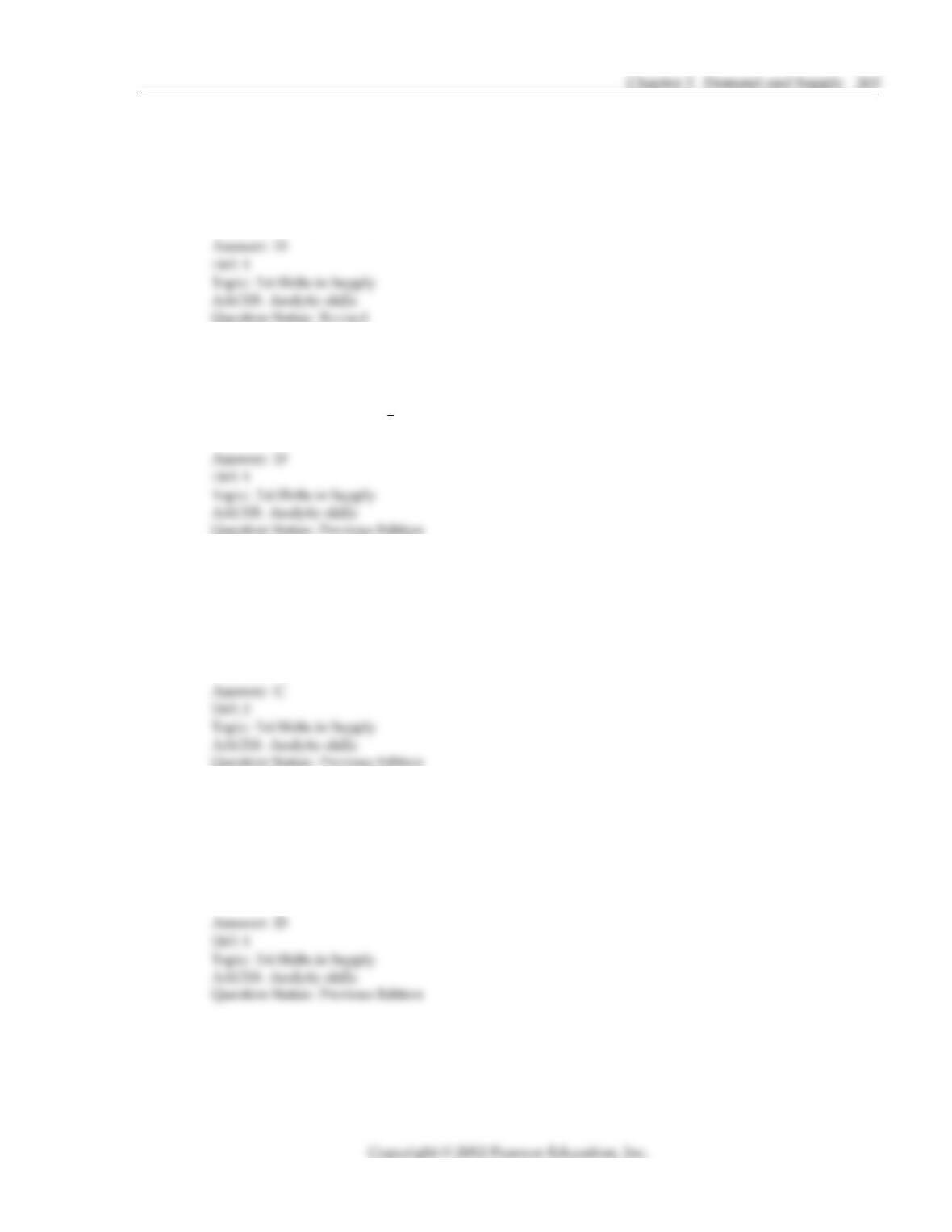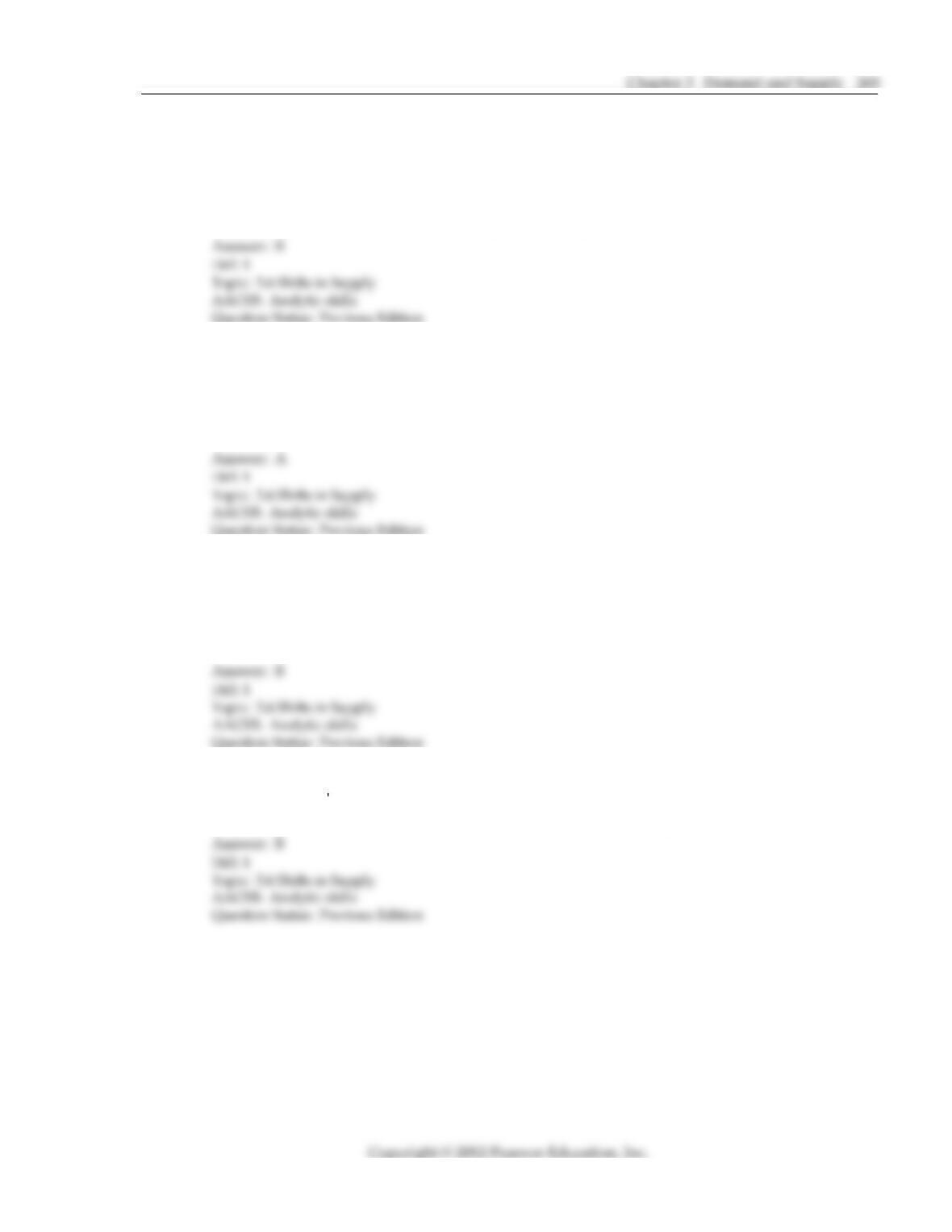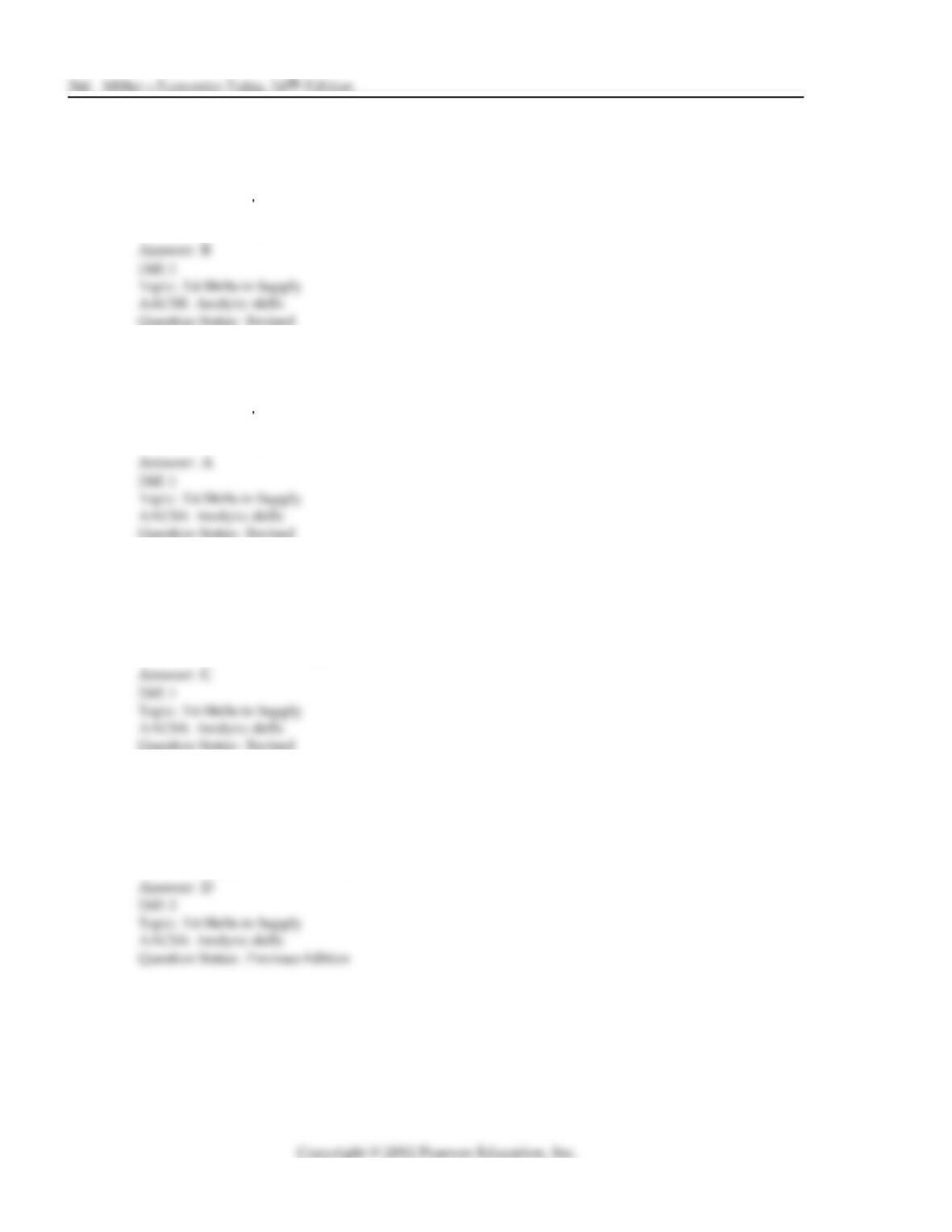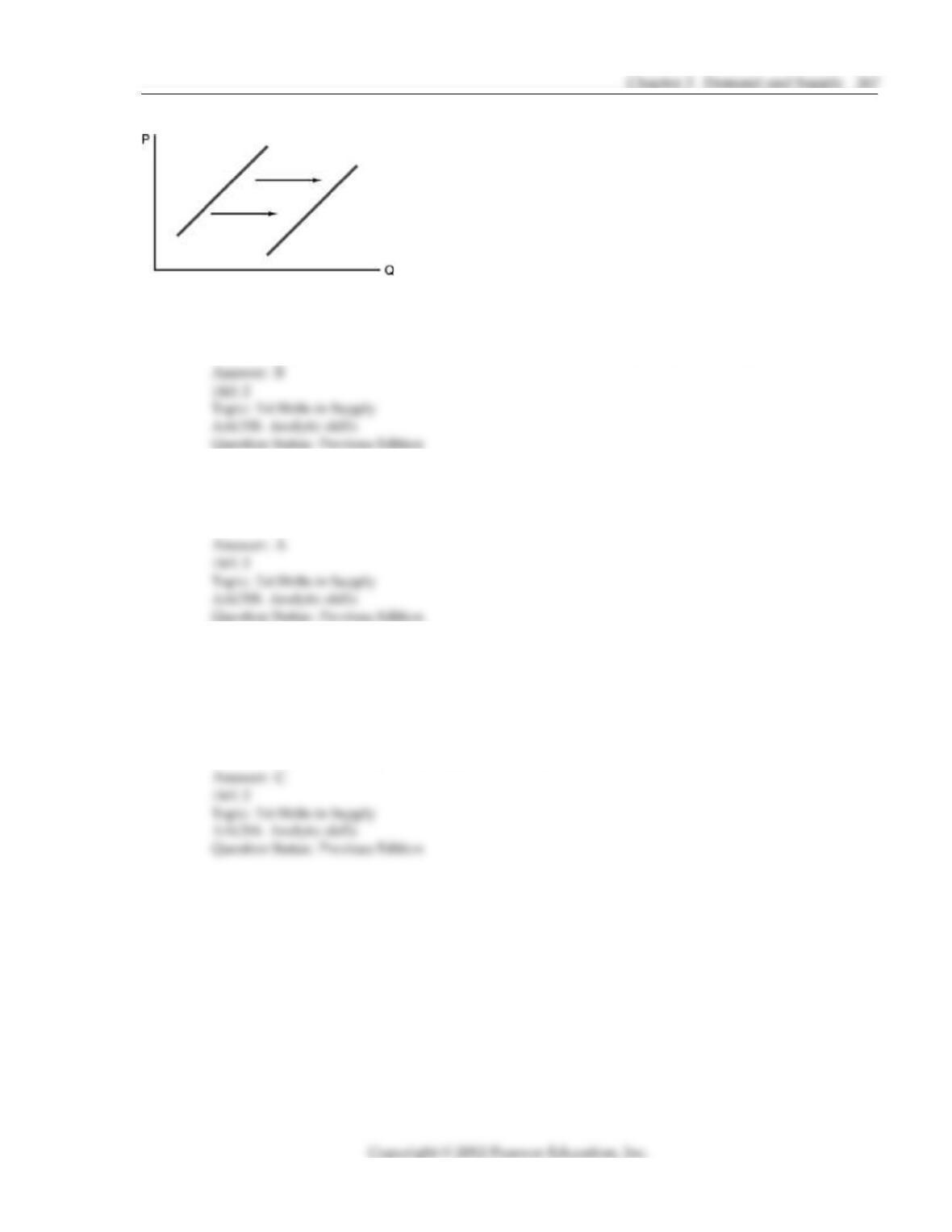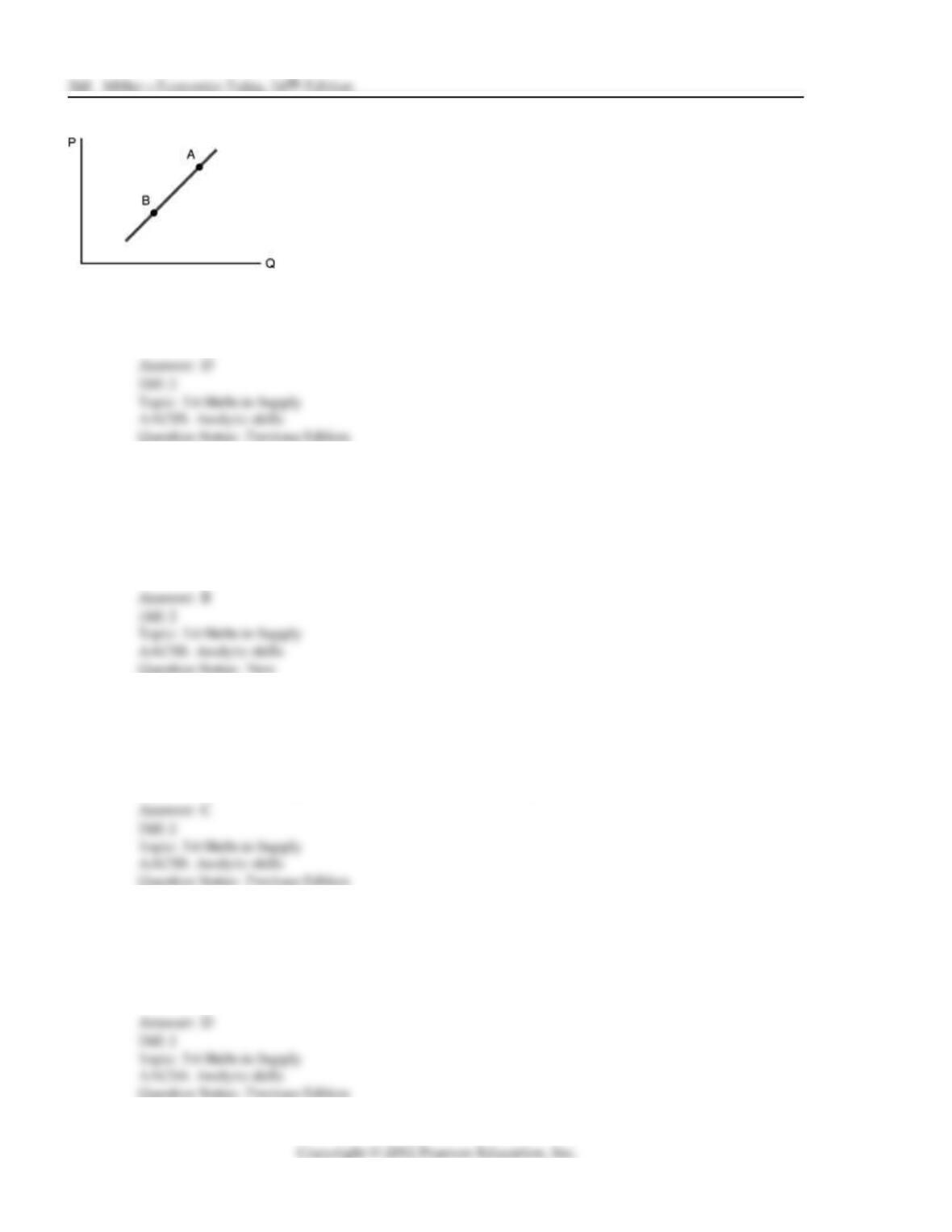4) A per unit government subsidy to producers of a good tends to
A) reduce the supply of the good.
B) increase the supply of the good.
C) shift the supply curve to the left.
D) not have any effect on the good s supply.
5) In the long run, the number of firms in an industry may change. If the number of firms
increases, then
A) the supply curve will shift outward to the right.
B) the demand curve will shift outward to the right.
C) the supply curve will shift inward to the left.
D) the demand curve will shift inward to the left.
6) Any improvement in overall production technology that permits more output to be produced
with the same level of inputs causes
A) a movement up the supply curve resulting in both a higher equilibrium price and
quantity.
B) a rightward shift of the supply curve so that more is offered at each price.
C) no movement of the supply curve, but a fall in price and a decrease in quantity supplied.
D) a leftward shift of the supply curve so that less is offered for sale at each price.
7) If more foreign auto plants relocate to the United States, we would expect
A) the U.S. supply curve for automobiles to shift to the right.
B) the U.S. supply curve for automobiles would shift to the left.
C) that the U.S. auto market would not respond.
D) that U.S. auto demand might change, but U.S. auto supply would remain static.
